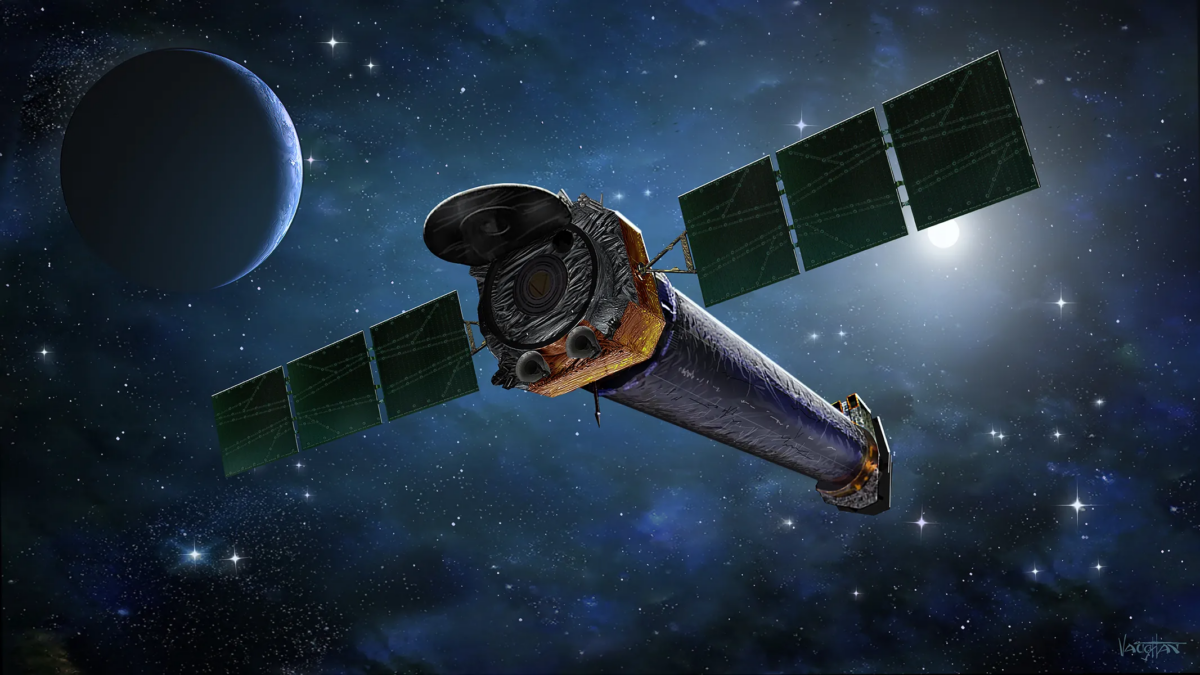Save Chandra: Astronomers Fight to Preserve NASA's X-ray Telescope

A groundswell of support is gathering to save the Chandra X-ray Observatory, a trailblazing telescope facing an uncertain future due to NASA's budget constraints.
All space missions eventually reach their end. Some fade quietly, running out of fuel or power. Others meet a fiery demise, burning up as they re-enter the Earth's atmosphere, leaving behind a legacy of scientific data. Yet, the Chandra X-ray Observatory, a remarkable instrument that has provided astronomers with unprecedented views of the invisible universe, faces a different fate.
Despite being fully operational and producing cutting-edge science, NASA announced earlier this year that Chandra's days were numbered, citing budget shortfalls. This decision has sparked a wave of protest from the global astronomical community, who argue that cutting a productive mission like Chandra makes no sense.
Chandra boasts the highest resolving power of any X-ray telescope ever built. Over its 25-year lifetime, it has unveiled a treasure trove of astronomical secrets, including stellar explosions, evidence of black holes, and other exotic cosmic objects. It remains one of NASA's most productive and highly sought-after observatories, rated among its most successful ongoing programs in 2022.
However, in March, NASA announced a drastic cut in funding for Chandra, leading to layoffs for most of its operating team. This move, which would effectively end Chandra's active mission, has been met with widespread opposition.
Scientists argue that the cost of operating Chandra is a small price to pay for its scientific yield. Its annual budget of £53 million represents just 1.8% of the total amount NASA has invested in the telescope since 1999. They liken the proposed shutdown to abandoning a perfectly good home to avoid paying a year's worth of utility bills.
Beyond the financial argument, Chandra's shutdown would also severely impact the future of X-ray astronomy, a field pioneered by US researchers in the early 1960s. Scientists warn that a sudden end to Chandra's mission would leave a discovery gap lasting for decades, as its sensitivity and resolution are unmatched by European and Chinese counterparts.
Chandra's journey has been marked by innovation and remarkable achievement. When it launched in July 1999, aboard the space shuttle *Columbia*, it represented a quantum leap in X-ray telescope technology. Its uniquely designed mirrors, arranged at extremely shallow angles, allowed it to capture glancing X-rays that would otherwise pass through traditional telescopes.
Chandra's impact on astronomy has been profound. Just three years after launch, its data helped Riccardo Giacconi win the 2002 Nobel Prize in Physics for his groundbreaking research on the presence of black holes throughout the universe. Since then, Chandra has captured supernova shock waves, measured the cooling rate of a neutron star, and observed the radiation pulses of black hole accretion disks.
The disappointment amongst researchers stems not just from the loss of Chandra's legacy, but also from the lost potential for continued discovery. With 10 years' worth of fuel remaining, and no major mechanical issues, Chandra could continue to operate for another decade, allowing scientists to explore the universe in unprecedented detail.
In response to NASA's announcement, a movement called #SaveChandra emerged, galvanizing scientists and the public worldwide. Viral videos, petitions, and letters to Washington have put pressure on policymakers to reconsider the agency's decision.
This pressure appears to be having an effect. The Senate and House appropriations committees have passed budget proposals including funding for Chandra, with the Senate committing £57 million towards its "transformative discoveries." A House authorization bill has been introduced specifically directing NASA to take no action to preclude Chandra's continuation until a three-year review next year.
The future of Chandra remains uncertain, but the momentum created by the #SaveChandra campaign has brought hope to the astronomical community. The agency's administrator, Bill Nelson, has suggested that NASA will seek additional funding beyond its initial request, and that layoffs will be limited. However, some scientists remain concerned that a minimum budget of £57 million is necessary to ensure both the scientific programme and the scientists who analyse the data are sufficiently funded.
The fate of Chandra is a testament to the challenges faced by long-term scientific missions. It has faced multiple threats throughout its lifetime, from the *Challenger
disaster to budgetary cuts. Yet, it has persistently produced groundbreaking scientific discoveries and remains a beacon of innovation in X-ray astronomy.
The success of Chandra has inspired other nations to invest in X-ray telescopes, demonstrating the international importance of this field of research. While European and Chinese agencies are making strides in X-ray astronomy, they have yet to match Chandra's unique combination of high spatial resolution and high spectral resolution. Ending Chandra's mission would be a missed opportunity to continue pushing the boundaries of our understanding of the universe.
The future of Chandra remains uncertain, but the campaign to save it highlights the importance of long-term scientific investments and the powerful impact that such missions have on our understanding of the cosmos. Only time will tell whether Chandra will be given another chance to explore the universe's mysteries, but one thing is clear: its legacy as a scientific pioneer is already secure.





